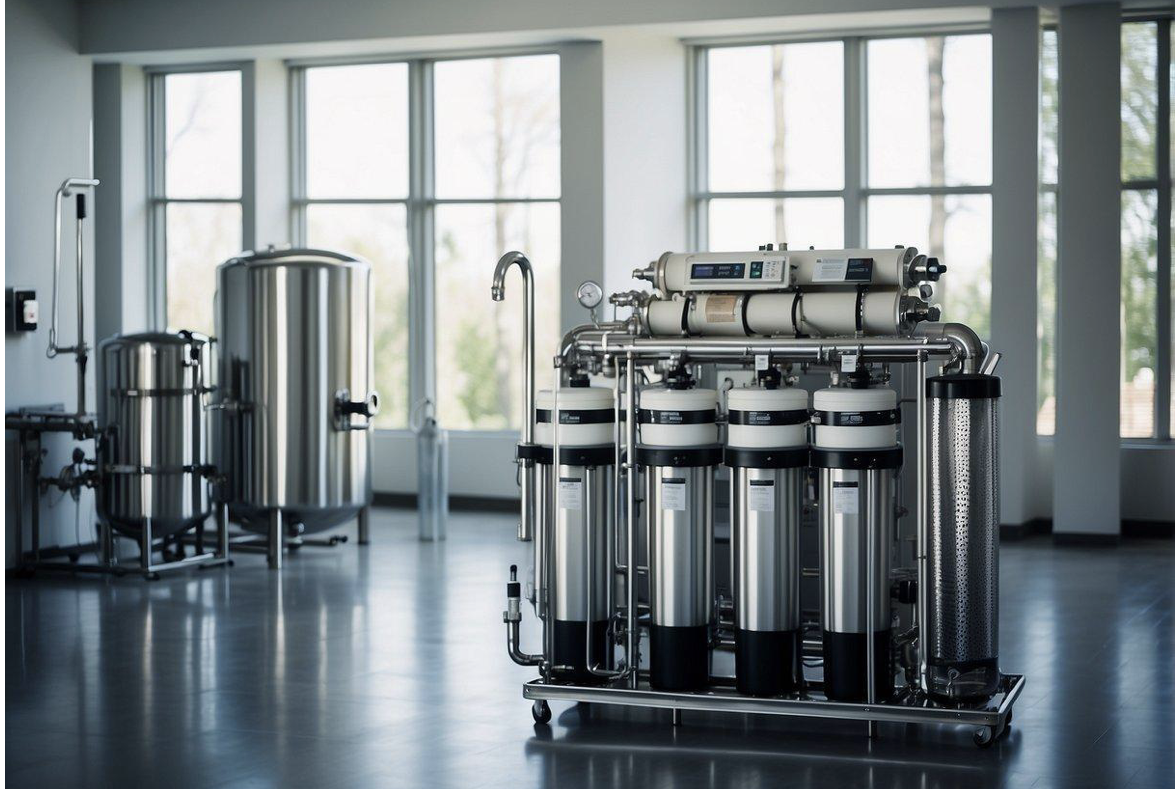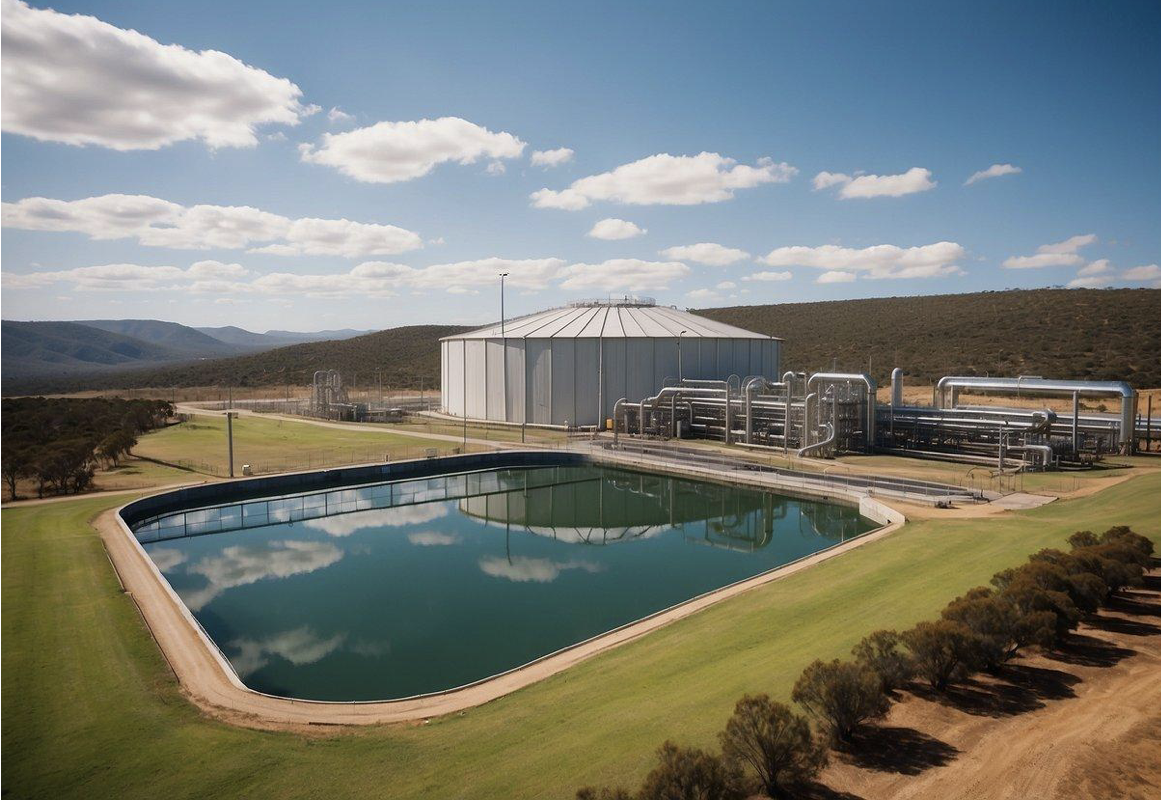Water Purification Methods Available in Australia: A Comprehensive Guide
Water purification is a crucial process that ensures safe and clean drinking water. Various water purification methods cater to different needs and circumstances and one of the most popular water filters in Australia, can range from simple and traditional to advanced and modern technologies.
One of the most effective and traditional water purification methods in Australia is boiling. Boiling water for at least one minute can effectively eliminate microorganisms, making it safe for consumption. This method is particularly useful for outdoor enthusiasts who must purify water from natural sources while hiking or camping.
Another common water purification method in Australia is filtration. Filtration systems can remove impurities and contaminants from water, including bacteria, viruses, and chemicals. Some of the most popular water filtration systems in Australia are activated carbon filters, reverse osmosis systems, and ultraviolet (UV) filters. These systems are commonly used in households, offices, and industrial settings to ensure clean and safe drinking water.
Overview of Water Purification Technologies
Water Purification Technologies
There are various water purification methods available in Australia, each with its own advantages and disadvantages. In this section, we will provide an overview of the most common water purification technologies used in Australia.
Filtration Systems
Filtration systems are one of the most popular water purification methods used in Australia. These systems use a physical barrier to remove impurities from the water. The barrier can be made of various materials such as sand, gravel, or activated carbon. Filtration systems can remove a wide range of impurities such as sediment, bacteria, viruses, and chemicals. Some filtration systems are designed to remove specific impurities such as fluoride or chlorine.
Boiling and Distillation
Boiling and distillation are two other water purification methods commonly used in Australia. Boiling water kills most bacteria and viruses, making it safe to drink. Distillation involves boiling water and then collecting the steam in a separate container, leaving behind impurities. Both methods are effective at removing impurities from water, but they can be time-consuming and require a lot of energy.
Chemical Disinfection
Chemical disinfection is another water purification method used in Australia. Chemicals such as chlorine, iodine, and ozone are added to the water to kill bacteria and viruses. Chemical disinfection is a quick and effective method of water purification, but it can leave a chemical taste and smell in the water. It is important to follow the instructions carefully when using chemical disinfection, as too much or too little can be harmful.
Water Purification Methods for Outdoor Activities
When it comes to outdoor activities such as hiking, camping, and trail running, access to clean drinking water is crucial. In Australia, several water purification methods can help ensure the safety of the water you drink.
Portable Water Filters
Portable water filters are a popular choice for outdoor enthusiasts. These filters may various technologies such as carbon, ion exchange and or fiber membrane to remove bacteria and protozoa from water, making it safe to drink. They are lightweight and easy to use, making them a convenient option for those on the move.
UV Light Purifiers
UV light purifiers use ultraviolet light to kill bacteria, viruses, and protozoa in water. They are effective and can purify water quickly, making them a good option for those who need to purify water on the go. However, they do require batteries or a power source, which can be a drawback for longer trips.
Chemical Purification Tablets
Chemical purification tablets are another option for water purification outdoors. These tablets contain chemicals such as chlorine dioxide, which kill bacteria and viruses in water. They are lightweight and easy to use, making them a popular choice for hikers and campers. However, they do take longer to purify water than other methods, and the taste of the water can be affected.
Large-Scale Water Treatment Solutions
Large-Scale Water Treatment Solutions
Australia is a country that is known for its arid climate, which makes water a precious resource. Large-scale water treatment solutions are crucial in ensuring that there is enough clean water to meet the demands of the population. These solutions come in different forms, including desalination plants, membrane processes, and biological treatment.
Desalination Plants
Desalination plants are one of the most popular large-scale water treatment solutions in Australia. These plants use reverse osmosis technology to remove salt and other impurities from seawater, making it safe for human consumption. The process involves forcing seawater through a semi-permeable membrane, which filters out salt and other impurities. The result is fresh, clean water that is safe to drink.
Membrane Processes
Membrane processes are another large-scale water treatment solution that is widely used in Australia. These processes use membranes to filter out impurities from water. There are different types of membrane processes, including microfiltration, ultrafiltration, nanofiltration, and reverse osmosis. Each type of membrane process is used to remove different types of impurities from water, depending on the level of filtration required.
Biological Treatment
Biological treatment is a large-scale water treatment solution that uses microorganisms to remove impurities from water. This process is commonly used in wastewater treatment plants, where microorganisms are used to break down organic matter in wastewater. The result is water that is safe to release back into the environment. Biological treatment is a cost-effective solution that is widely used in Australia to treat wastewater.
Ensuring Water Safety and Sustainability
Large-Scale Water Treatment Solutions
Environmental Impact
Water purification processes can have a significant impact on the environment. The use of chemicals and energy to treat water can contribute to greenhouse gas emissions and other pollutants. Therefore, it is important to consider the environmental impact of water purification methods when selecting a suitable method.
Sustainable Practices
Sustainability is a key consideration in the water industry. It is important to use water purification methods that are sustainable and do not deplete water sources. In Australia, the use of recycled water and rainwater harvesting is becoming increasingly popular as a sustainable water source. These methods help to reduce the demand for freshwater and alleviate pressure on existing water sources.
Regulations and Standards
Water purification methods must adhere to strict regulations and standards to ensure that the water is safe for consumption. The Australian Drinking Water Guidelines (ADWG) outline the minimum requirements for the quality of drinking water in Australia. These guidelines are regularly reviewed and updated to ensure that they reflect the latest scientific knowledge and best practices in the industry.
In addition to the ADWG, there are also regulations in place to protect the environment and ensure sustainable water practices. For example, the Water Act 2007 outlines the principles of integrated water resource management, which aims to balance the competing demands for water while protecting the environment.






